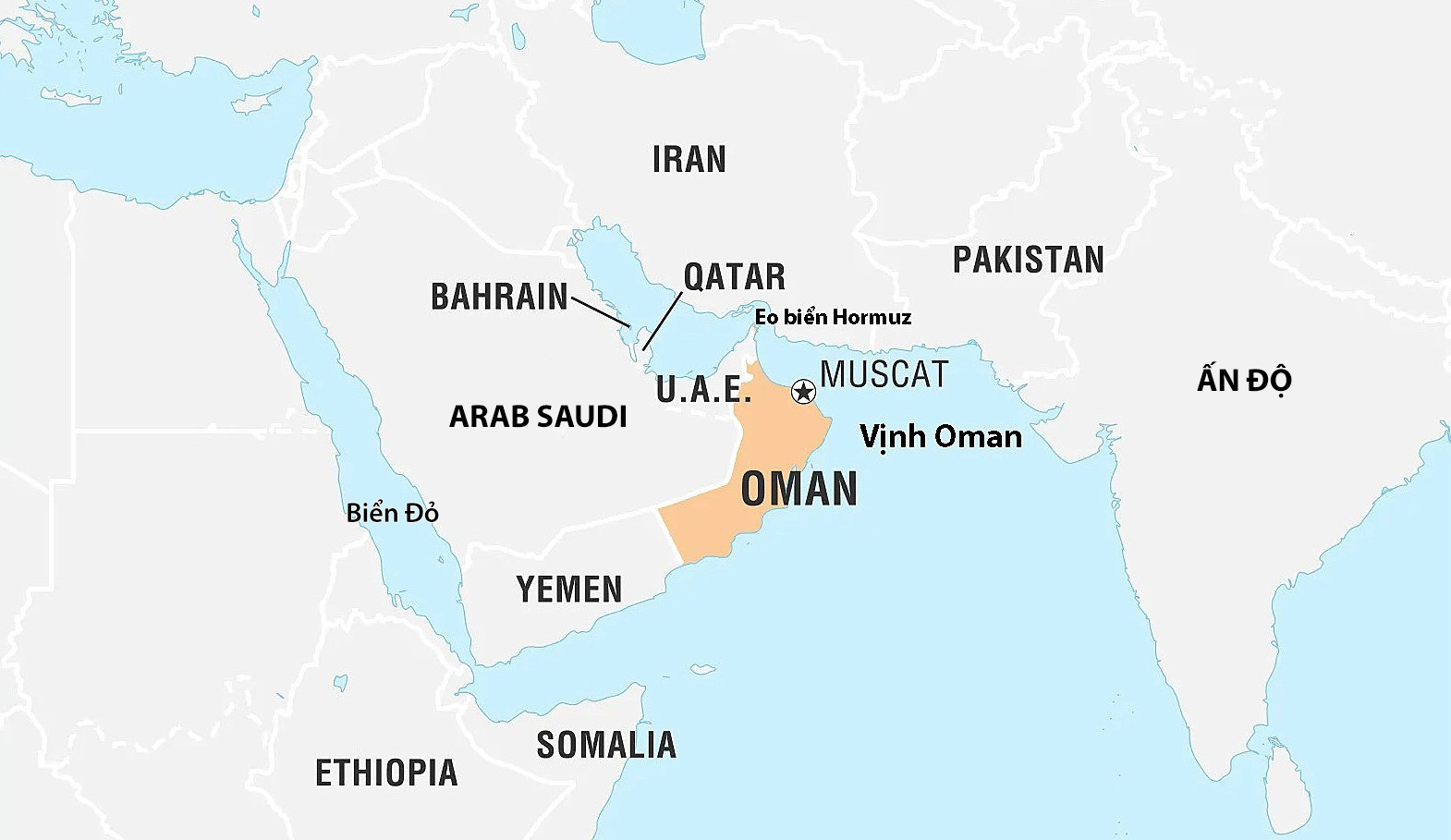Between July 7 and 9, the Houthi armed group in Yemen attacked two cargo ships, the Magic Seas and the Eternity C, in the Red Sea. Both ships were sunk. The Magic Seas crew was safely evacuated, but the attack on the Eternity C resulted in 4 deaths and 15 missing, with 6 rescued.
These are the first attacks on cargo ships in the Red Sea since late 2024. The attacks also mark a shift in Houthi tactics.
From November 2023 to before January 2025, the Houthis carried out over 100 attacks on commercial vessels and warships in the region, sinking two ships and killing at least 4 people. These attacks primarily involved small numbers of missiles and drones, targeting multiple vessels simultaneously.
In the latest attacks, the Houthis employed swarm tactics, launching multiple attacks on a single target. They used not only missiles and drones but also speedboats to approach and attack with anti-tank weapons and small arms.
"Simultaneous attacks from the air and sea divide the attention of onboard security forces, making it harder to defend", the UAE-based National reported.
Last year, Colonel Marvin Scott, commander of Carrier Air Wing 3 aboard the USS Dwight D. Eisenhower, noted the Houthis' adaptability and evolving tactics. "They started with simple UAVs for ISR and suicide attacks, then added anti-ship ballistic missiles and cruise missiles. Now they are coordinating multi-directional and multi-method attacks", he said.
 |
The cargo ship Eternity C sinks after being hit by a Houthi missile on 9/7. Photo: AFP |
The cargo ships were particularly vulnerable, lacking defenses against missiles and drones and receiving no naval support at the time of the attacks.
The European Union (EU) has deployed Operation Aspides to protect international shipping in the region, but its resources are limited and cannot guarantee the safety of all vessels, according to the International Transport Workers' Federation and the Baltic and International Maritime Council.
Two US carrier strike groups, the Carl Vinson and the Nimitz, are deployed in the Gulf of Oman, seemingly to deter Iran from blockading the Strait of Hormuz, leaving them unavailable to support ships in the Red Sea.
Earlier this year, the US launched an intense air campaign against Houthi targets in Yemen to prevent further attacks on shipping, before reaching a ceasefire agreement in early May.
However, the agreement does not prevent the group from attacking ships linked to Tel Aviv. The Houthis claimed the Eternity C and Magic Seas were targeted for "using Israeli ports".
 |
The USS Nimitz (below) and the USS Carl Vinson in the Middle East in early May. Photo: US Navy |
"Without a constant military presence in the Red Sea, private security teams are the only defense for cargo ships against Houthi attacks", said Joshua Hutchinson, intelligence and risk director at maritime security company Ambrey.
Tom Sharpe, a former British naval officer, suggests several reasons for the Houthis' renewed attacks. "The campaign attracts international attention and enhances the group's domestic standing. They likely intend to continue it", he said.
This could also be a coordinated plan by the Houthis and their ally, Iran, to divert US forces, forcing at least one carrier westward. "If Iran intends to close the Strait of Hormuz or disrupt traffic there, this is how they might start", Sharpe added.
The Houthi attacks coincide with indirect talks between Hamas and Israel in Qatar over a ceasefire, potentially adding pressure on Tel Aviv.
In their statement claiming the Eternity C attack, the Houthis emphasized that "all ships and sailors using Israeli ports will be targeted" until Israel lifts the blockade and ends its operations in Gaza.
 |
Location of the Red Sea and Gulf of Oman. Graphic: Britannica |
Pham Giang (According to Business Insider, Reuters, Telegraph)












